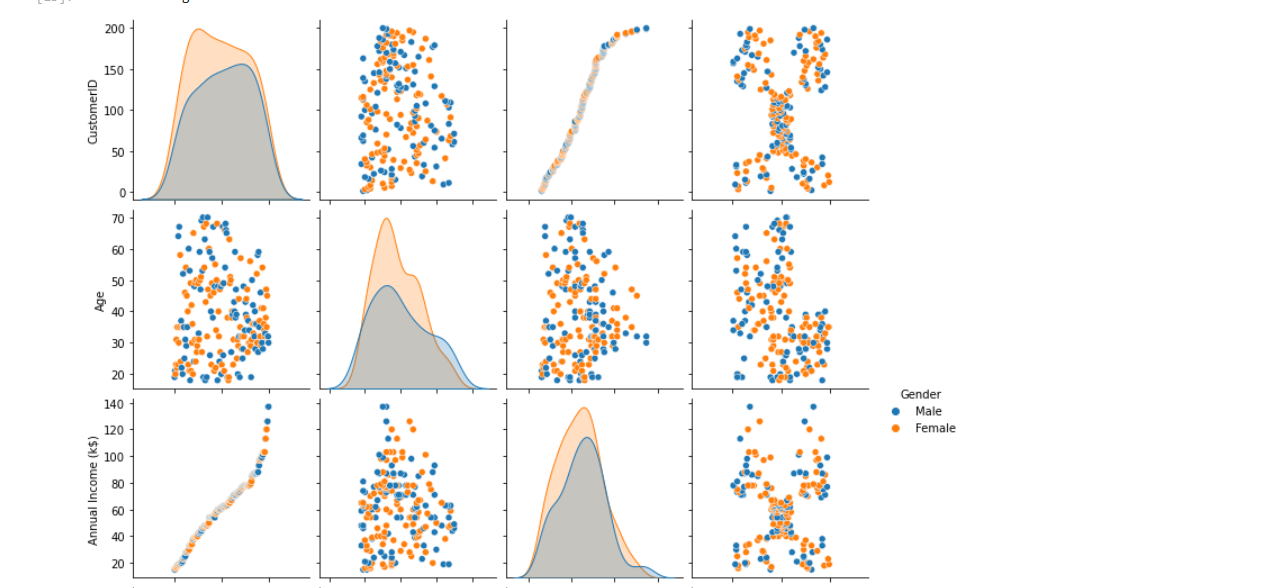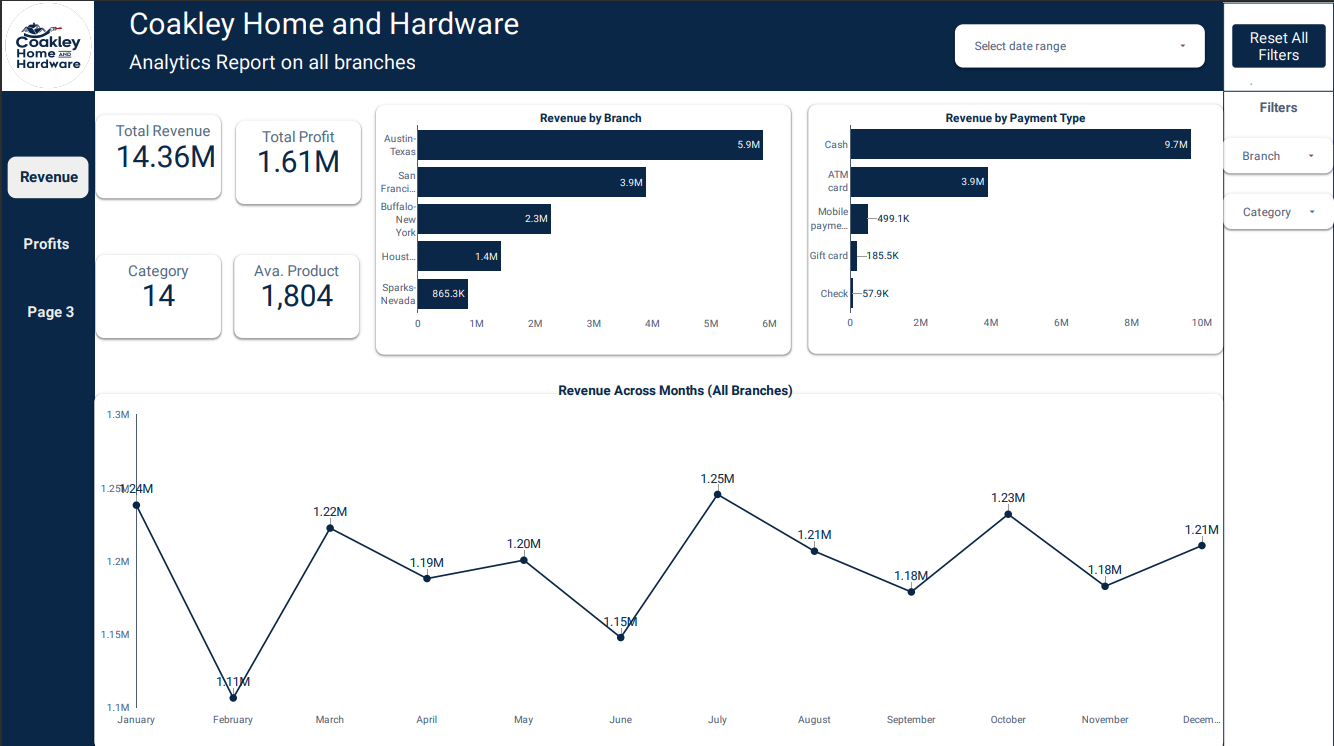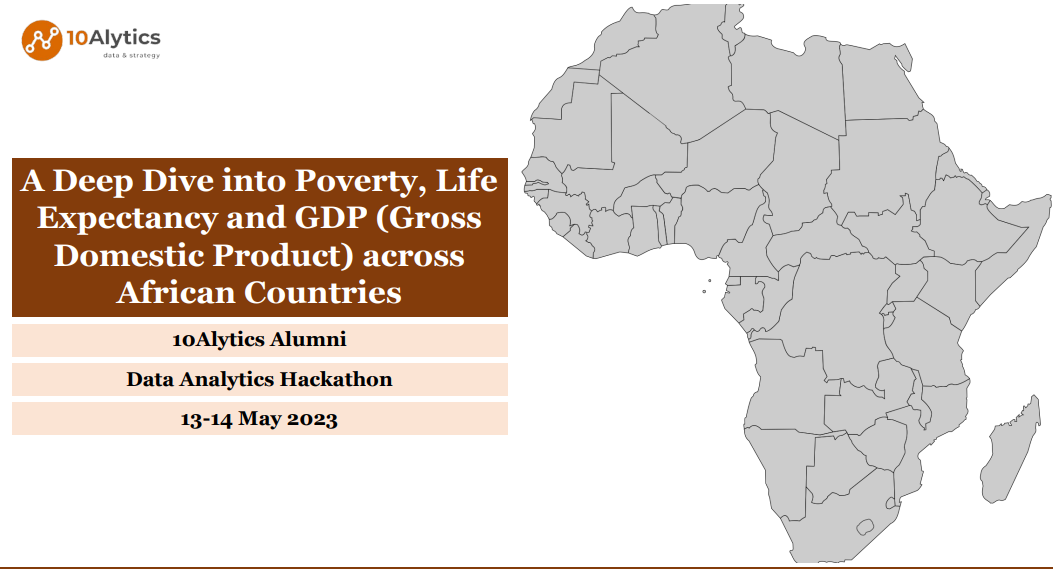
Customer Segmentation Using Python
Goal and Problem Statement
The goal of this project is to help the marketing team understand the target customers and plan a strategy accordingly. The manager of the company wants to identify the most important shopping groups based on income, age, and their shopping score. The company wants to divide its mall target market into approachable groups, create subsets of a market based on demographics, and behavior criteria to better understand the target for marketing activities.
Context
The company wants to analyze customer data and segment the customers into different groups based on their demographic and behavioral patterns. By doing so, the company can better understand its target customers and plan its marketing strategy accordingly.
Objective
The objective of this project is to segment the customer base into different groups to better understand their behavior patterns, demographics, and target them more effectively with the marketing strategy. The customer segmentation will enable the company to personalize its marketing campaigns and promotions to specific target groups.
Approach
Perform quick EDA (Exploratory Data Analysis) on the data to understand its structure, quality, and outliers.
Use the KMeans clustering algorithm to segment the customers into different groups.
Create visualizations to better understand the distribution and patterns of the data.
Analysis
EDA: Exploratory Data Analysis is a crucial step in understanding the structure and quality of the data. Univariate analysis is important in this context because it allows us to examine each feature of the data individually, check for density and outliers, and identify patterns in the data. By doing so, we can better understand the distribution of each feature and its impact on the segmentation. Bivariate analysis involves plotting scatter plots, pair plots, and heat maps to explore the relationship between two variables. By doing so, we can identify correlations and relationships between variables.


